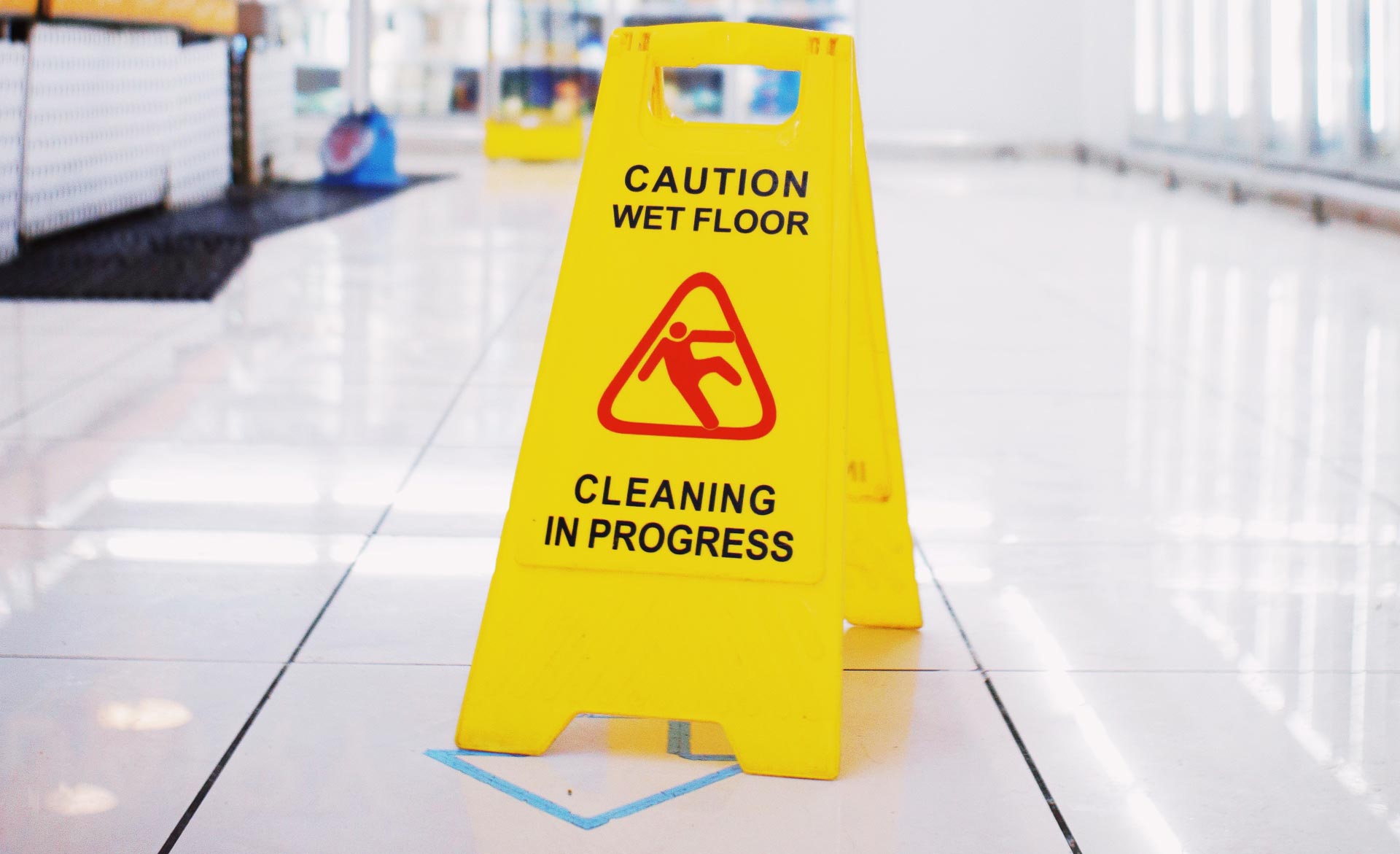End-of-Work-Cleaning | How to Leave Your Job Site Looking Pristine

Published By: Sara Feb 23, 2023
There’s nothing more satisfying than admiring a job, especially if you’ve taken the time to help your client choose their favourite stone. The last thing you need is grout hazing ruining the overall look – what a shame that would be, but thankfully these treatments will make deep cleaning easy. Once stone and tiles have been laid, the most important next step is to remove any patches of dried grout. If these are not removed, they’ll make the tiles or stone difficult to maintain, even if the surface is mopped every day.
At FILA Solutions, we have a range of great products that aim to keep your surfaces clean from day one. In this guide, we’ll also teach you how to remove traces of grout and make subsequent treatments really simple to do. Read on to learn how to leave newly installed tiles and stone looking pristine…
The causes of grout hazing
A byproduct of tile installation, grout hazing is simply a residue that has been left to dry after grouting. It happens when tiles or stone haven’t been properly cleaned, or too much grout has been used. Either way, it’s not great, and it needs tackling. Unlike day-to-day grime, this discolouration of tiles is not so easy to clean with a cloth. So, if you want to avoid that unsightly, dull film, keep on reading this post. These products are sure to make end-of-work cleaning easy.
How to prepare for the end-of-work cleaning
First and foremost, it always starts with the prep. As the old British Army adage goes, ‘‘proper preparation and planning prevents poor performance’’. So be sure to work out the type of material it is – this bit is REALLY IMPORTANT and will dictate the type of cleaner that you use. For example, you can’t use a concentrated acid detergent on acid-sensitive stones. You’ll etch the stone or much worse. You should also clean the tiles as soon as you can to make subsequent cleaning and treatments easy. Don’t put off what you can do today until tomorrow.
Here’s how to leave a job site clean depending on the surface that you’re working with…
Acid-resistant surfaces like terracotta, Brazilian slate and porcelain tiles
When it comes to surfaces that are acid-resistant, Deterdek Pro will safely remove post-application deposits and building-site dirt. This concentrated acid detergent also helps to remove signs of engobing on porcelain tiles and eliminates saline efflorescences from terracotta without affecting the appearance or the material or the colour. Although a buffered acid, Deterdek Pro does not produce fumes or contain hydrochloric acid. This makes it safe for use and for the environment too – just be sure not to use it on any polished natural stone.
How to clean with DETERDEK PRO
- Pre-soak the material in water
- Dilute this concentrated acid detergent at 1:5-1:10 in hot or lukewarm water
- Working a few square meters at a time, spread the solution over the surface
- Leave to act for 5 minutes
- Scrub the surface using a stiff brush or a single disc scrubbing machine with the appropriate pad
- Mop up any residues with a cloth or wet and dry vacuum cleaner
- Repeat the steps for any stubborn dirt
- Finally, rinse the surface with plenty of clean water

Registered Customers